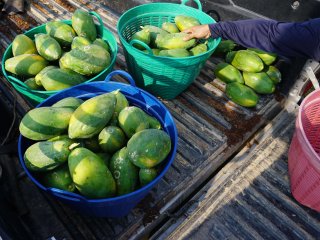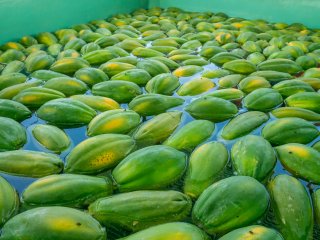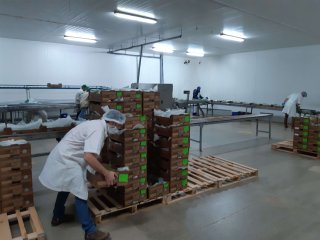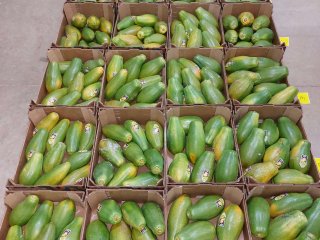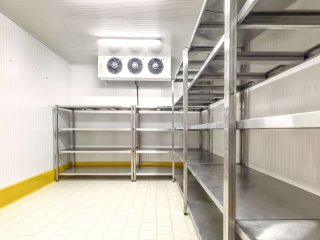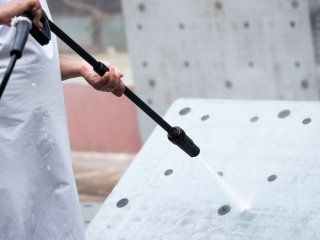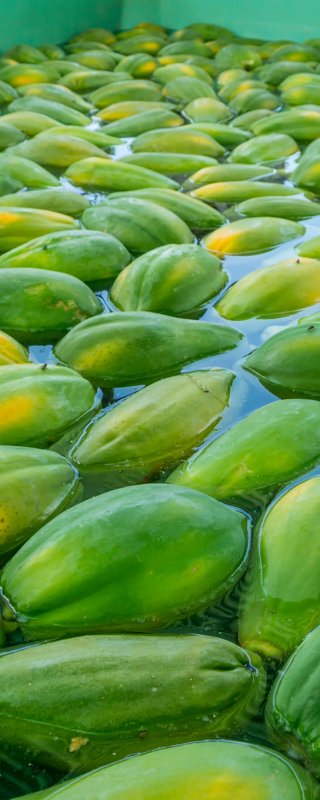
Packhouse practices for papaya
Upon arrival at the packhouse, each batch of fruit undergoes initial quality checks. This is followed by water immersions to remove latex and soil, often followed by disinfection. Fruit is then inspected, graded by size and ripeness, and treated with fungicides. After drying (via tunnel, air, or towels), the fruit is packed, palletized, labelled, and shipped. Throughout this process, only healthy fruit, regardless of ripening stage, is selected for storage and transport.

Well-regulated and controlled processes
At the packhouse, operations must be well-planned and executed. Each step, from reception to shipping, requires trained supervision. Papaya is sensitive to mechanical damage and low temperatures, so preventing skin and pulp damage is essential. Also desiccation of the fruit can be a problem. The packing process should use materials that protect the fruit during transport.
